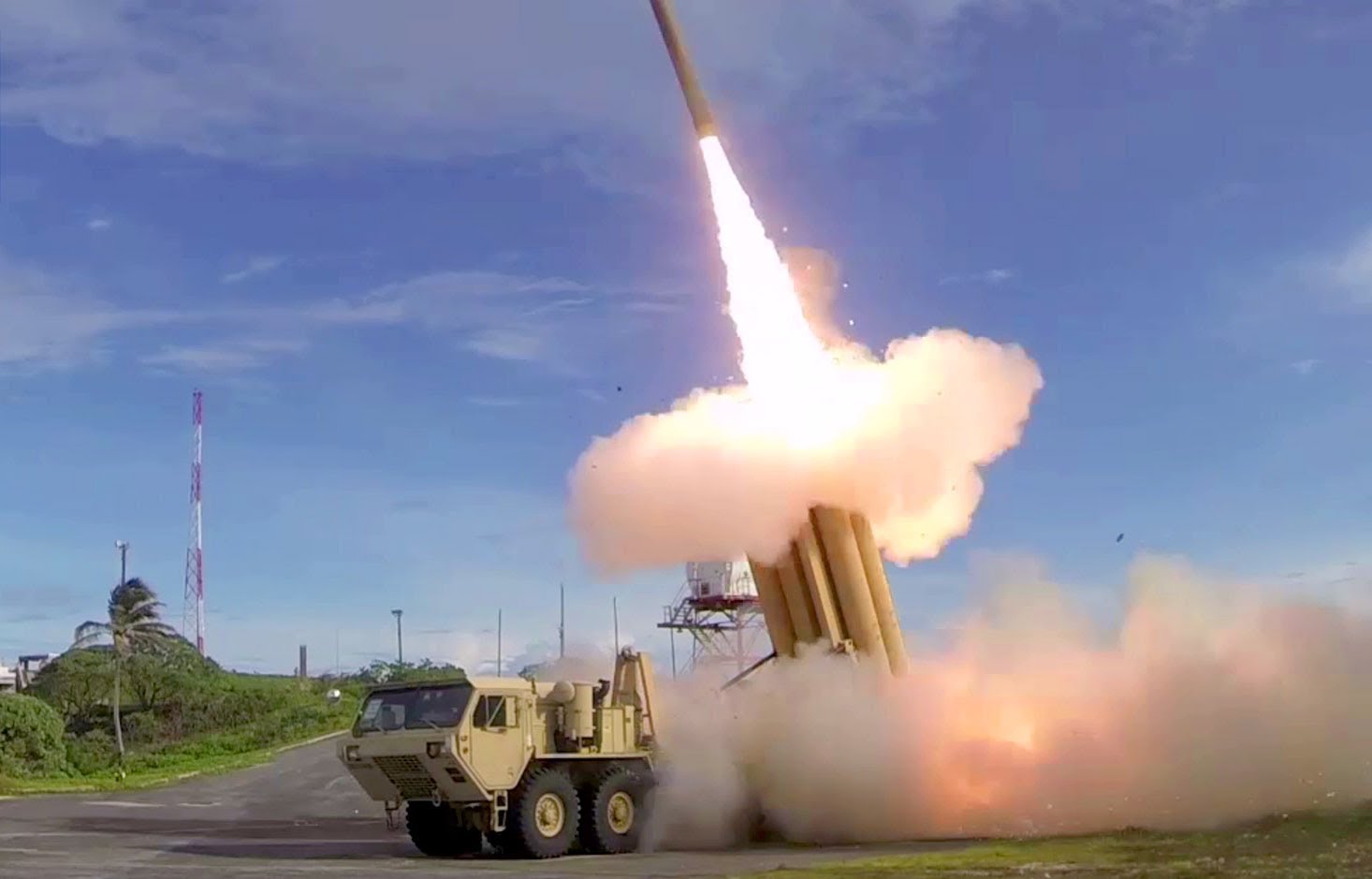U.A.E. teams up with Bill Gates’ nuclear company to build ADVANCED NUCLEAR REACTORS
12/15/2023 / By Laura Harris

The United Arab Emirates has signed an agreement with Bill Gates’ nuclear company, TerraPower, to explore the potential development of advanced nuclear reactors within the Gulf state.
During the United Nations’ COP28 climate conference in Dubai on Dec. 4, Mohamed al-Hammadi, the CEO of the government-owned Emirates Nuclear Energy Corporation (ENEC) said that the U.A.E. is committed to the advancement of its nuclear energy capability.
“For the U.A.E., we’re looking for a future for the clean electrons and molecules that will be brought to reality by advanced reactors,” said Al-Hammadi at the signing ceremony with TerraPower President and CEO Chris Levesque. (Related: Many countries investing in nuclear energy generation while America LANGUISHES in pursuit of less capable renewables.)
For his part, Levesque said that “bringing advanced nuclear technologies to market is critical to meeting global decarbonization goals.” In other words, the partnership seeks to advance research and development in nuclear energy to pave the way for cutting-edge solutions in the fight against so-called climate change.
The U.A.E. currently only has one traditional nuclear plant located near Abu Dhabi. It began producing electricity for the largely oil-dependent Gulf state in 2020.
Meanwhile, TerraPower is preparing a demonstration project for its advanced Natrium reactor in Wyoming that it hopes will be fully operational by 2030.
U.A.E. hopes research into advanced nuclear reactors can help with its green energy goals
The advanced reactors the U.A.E. is hoping to construct with the help of TerraPower are meant to be smaller, easier to build and more dynamic than traditional nuclear power plants. Organizations and nations that are transitioning to relying more on so-called clean energy sources see the use of advanced reactors as vital stable complements to the intermittency that is to be expected from wind and solar energy.
In the memorandum of understanding signed between ENEC and TerraPower, the two corporations would explore uses for advanced nuclear reactors such as storing power on the grid and providing the energy needed to produce hydrogen and decarbonize coal, steel and aluminum factories.
Abu Dhabi is also continuing to invest in other renewable energy sources. The Gulf state earlier this year signed an energy deal with Malaysia and is partnering with Egypt to build the largest wind farm in Africa, which is expected to displace nearly 24 million tons of carbon dioxide.
The U.A.E. is also partnering with fellow Gulf state and close ally Saudi Arabia to seek further investments into green energy projects, including nuclear.
And while the U.A.E. explores the possibilities associated with nuclear energy and invests in growing its renewable energy base, the BBC noted that Abu Dhabi has also used COP28 on its home turf to pursue bilateral oil agreements with foreign governments.
In March, the U.A.E. signed a deal to supply 65,000 tons of liquefied natural gas to China, a deal notable for eschewing the American dollar for the settlement of the deal and instead using the Chinese yuan or renminbi.
Learn more about renewable and nuclear energy generation at EnergySupply.news.
Watch this clip from “Secret Harbour Sessions” as Tony Lambert discusses one kind of clean energy technology that the world has suppressed.
This video is from the Secret Harbour Sessions channel on Brighteon.com.
More related stories:
China’s 4th-generation nuclear plant now FULLY OPERATIONAL.
German economy collapsing after nation abandoned nuclear energy – prices soar, industries implode.
Clean energy breakthrough: eVinci nuclear microreactor from Westinghouse receives DOE contract.
John Kerry admits NUCLEAR ENERGY is necessary but continues to push for wind and solar instead.
Sources include:
Submit a correction >>
Tagged Under:
advanced nuclear reactor, big government, bill gates, carbon dioxide, climate, conspiracy, COP28, energy supply, fossil fuels, future tech, green energy, green living, Green New Deal, green tyranny, inventions, new energy report, nuclear energy, nuclear reactor, power, power grid, TerraPower, UAE
This article may contain statements that reflect the opinion of the author
RECENT NEWS & ARTICLES
COPYRIGHT © 2017 NUCLEAR NEWS




















